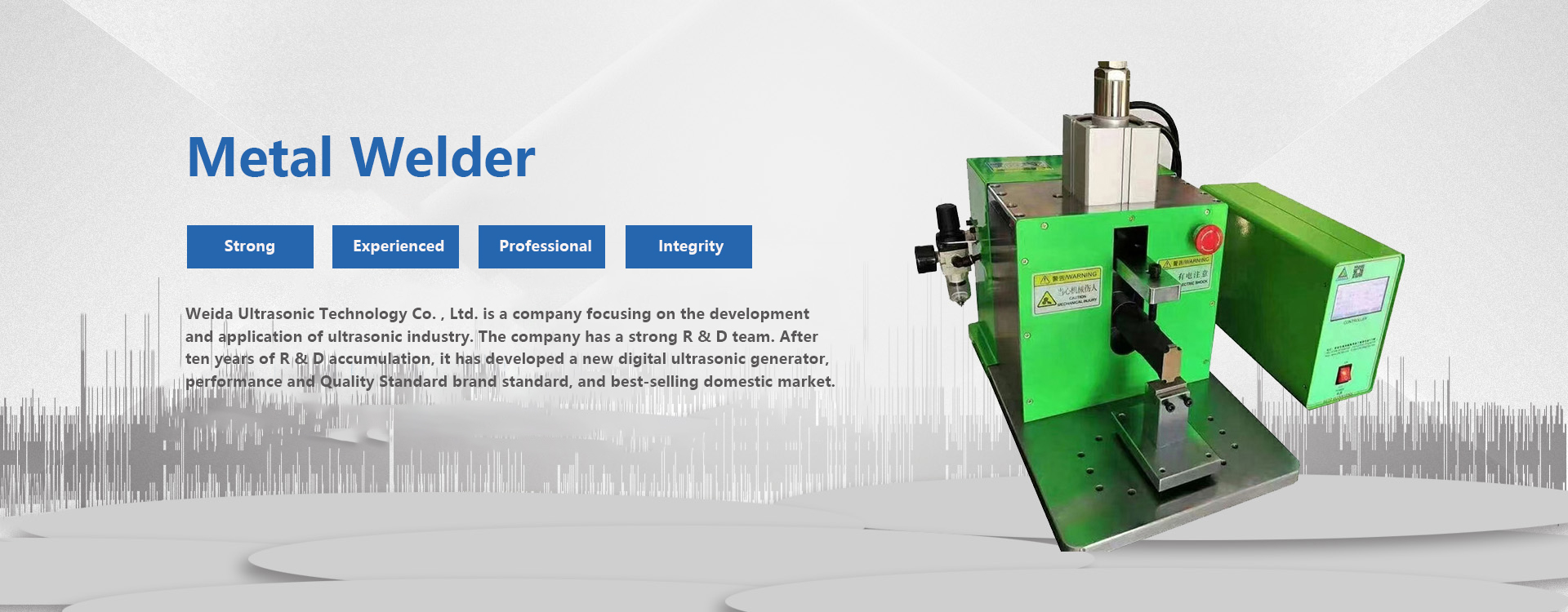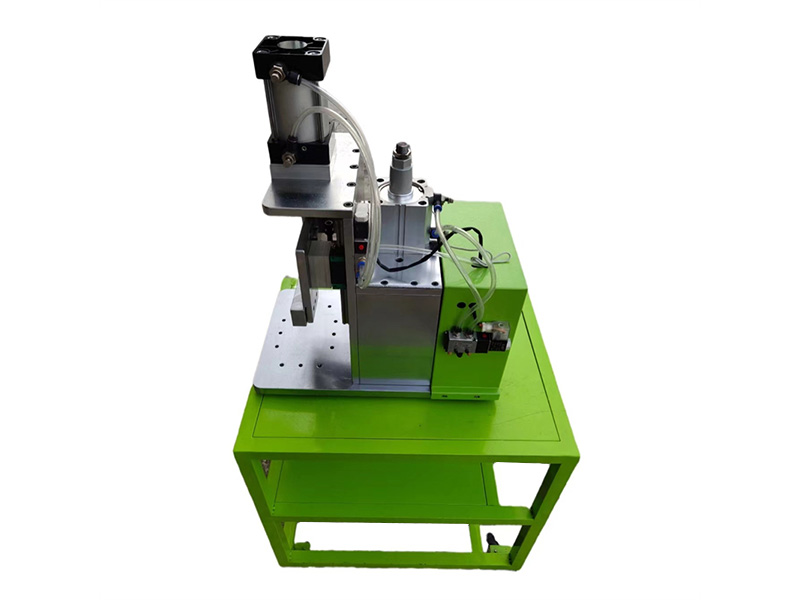Choose the right equipment and parameters: You need to choose the right equipment and parameters according to the material, shape, size and connection mode of your plastic parts. Equipment includes ultrasonic generators, transducers, gainers, welding heads and welding racks. Parameters include frequency, amplitude, pressure, time, etc. In general, the high frequency is suitable for small or thin-walled plastic parts, and the low frequency is suitable for large or thick-walled plastic parts. The greater the amplitude, the more heat, but it can also cause excessive melting or damage. The greater the pressure, the closer the connection, but it may also affect the vibration effect. The longer the time, the more full the melting, but it may also lead to overheating or deformation.
Design a reasonable welding structure: The welding structure refers to the part that generates heat and connections between plastic parts. You need to design a reasonable welding structure location, shape and number according to the shape and function of your plastic parts. In general, there are four commonly used welding structures: butt structure, ladder structure, shear structure and mortise structure. The butt structure is a simple and common one, which sets a triangular energy guide on one of the plastic parts to concentrate ultrasonic energy and generate heat. Step structure is to add a step on the basis of the butt structure to hide the weld or increase the strength. The shear structure is an energy guide set perpendicular to each other on two plastic parts to generate shear force and increase sealing. The mortise and groove structure is a convex tenon on one of the plastic parts and a concave notch on the other plastic part, which is used to improve the positioning accuracy and shear strength.
Cleaning and preheating plastic parts: Before performing ultrasonic welding, you need to clean your plastic parts to remove dust, grease or other impurities from the surface. This can improve the welding effect and quality. Alternatively, you can preheat your plastic parts to a temperature close to the melting point. This reduces welding time and energy consumption and prevents excessive cooling or stress.
Adjust and test the welding machine: Before starting the formal welding, you need to adjust your welding machine so that it matches your plastic parts. You can use some samples for testing to check the welding effect and quality. If you find a problem, such as uneven, unfirm, cracked, etc., you can adjust your equipment or parameters until you achieve a satisfactory result.
Monitor and record the welding process: In the formal welding process, you need to monitor the operating state of your welding machine, such as voltage, current, frequency, amplitude, pressure, time, etc. This data can help you analyze and optimize your welding process to improve efficiency and stability. You can also record your welding process, such as welding number, time, temperature, quality, etc. This data can help you to trace and improve your welding products, improve reliability and pass rate.


 中文(简体)
中文(简体) 


 Wechat
Wechat